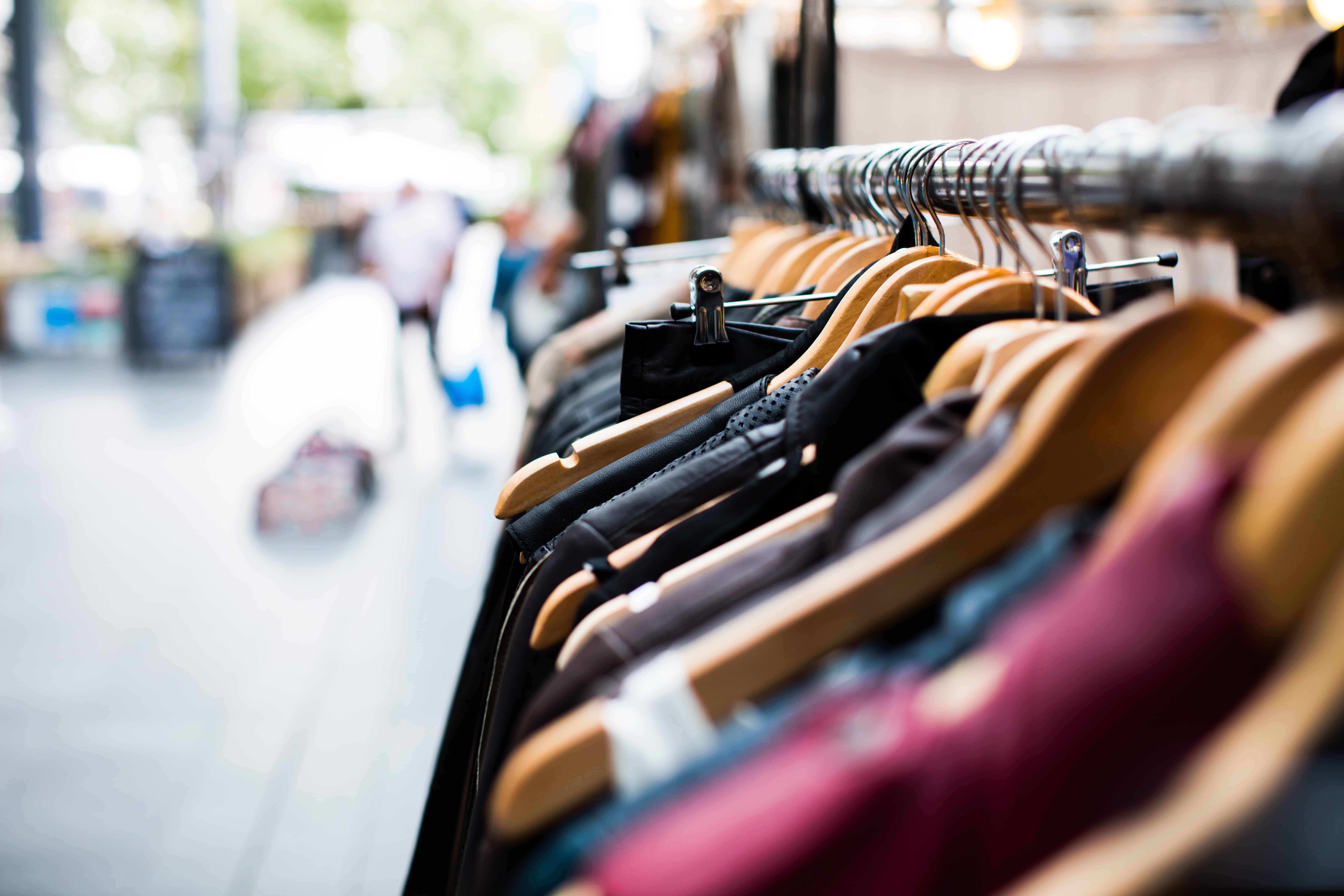By Laura Halliwell
Over the last few years, we have seen a rise in sustainable fashion with shoppers, myself included, being more environmentally conscious. This is due to a growing awareness of the problems with fast fashion and the damage it causes to the planet, as well as the conditions in which it is made. Many of the cheap garments we can buy today come at a price. Tragedies such as the Rana Plaza collapse in 2013 (where a garment factory in Bangladesh collapsed, killing over 1000 garment workers), have brought to light the horrendous conditions of which many of the fast fashion pieces we use are made. Similarly, the apparel industry is one of the planet’s biggest polluters, with it contributing to 10% of global carbon dioxide emissions every year and using 1.5 trillion litres of water. Also, as a result of cheap production and sales, this fashion becomes easily disposable, with 1/6 of people admitting that they throw away clothing that they no longer need rather than donating or repairing it when damaged, thus increasing waste, and with many of these pieces made of polyesters, increasing plastic pollution too. The enormous cost of modern-day fashion has led to many shops turning to sustainable alternatives.
Over recent years, there has been a growing awareness of these issues. Sites such as Depop and Vinted have seen a surge in popularity; these sites allow you to sell on unwanted clothing items, as well as purchase second-hand clothing items. Similarly, charity shops (where you can donate and purchase second-hand clothing) have also risen in popularity. There are also brands whose ethos focuses on producing fashion sustainably; some examples of these include Lucy and Yak, with a focus on sustainable production in the UK as well as the use of eco-friendly materials. The Hundred Club only produces 100 of each item it designs, reducing wastage and the culture of throwaway fashion, whilst Ninety Percent focuses on producing its items sustainably and donating 90% of its profits to charity. These are just some of the many businesses which have opened in the last few years and aim to provide an ethical alternative to consumers.
Fashion brands themselves have also taken steps to become more sustainable, including altering their production ranges. Examples include H and M’s Conscious Range, as well as Primark and Zara following suit with similar ‘Green collections.’ Whilst it is commendable that fashion brands are working to produce items more sustainably and have increased the number of ethically-made products, they face criticisms and accusations of a practice known as ‘green-washing,’ a tactic brands use to ‘appear’ more sustainable than they actually are, and are still using to fuel the fast fashion business model which they rely upon.
However, whilst it may seem like a simple alternative to switch to ethical sources for our fashion, this is simply not yet a viable option for many consumers. Since sustainable pieces are made in better conditions (with workers paid a higher wage and pieces made with more costly eco-friendly materials), sustainable fashion brands tend to offer a high price which is unaffordable to everyday consumers whilst fast fashion pieces are usually an affordable alternative. Similarly, whilst we may suggest using second-hand clothing as an affordable option for an environmentally conscious shopper, there is a risk that as an increasing amount of people turn to these alternatives then prices may increase, as we have already started to see on websites such as Depop, and customers may be priced out of these alternatives too. Additionally, for shoppers seeking clothing sizes that are not considered ‘standard’), there is an issue that these products are not widely produced by sustainable brands, so there are limited options when looking for second-hand alternatives. All these issues mean that it is extremely difficult for many people to simply make the switch to sustainable fashion, and fast fashion is still very much the mainstream.
Therefore, it should be the obligation of fashion brands to act and change their ways rather than the customer. Money should be invested into researching how fashion can be produced ethically at a lower cost, and therefore can be sold on for a lower cost too. In the meantime, as consumers, we can focus on buying less clothing and reducing our culture of fast throwaway fashion. Rules such as the 30-day wear rule help improve our attitudes towards this (if you cannot see yourself wearing an item 30 times then it should not be bought), as well as donating to a charitable source or selling our unwanted clothing using a website (such as Depop or Vinted) rather than throwing it away. If everyone takes small steps, we can start to combat this issue; however, ultimately it is down to large corporations to act for the good of the people and environment.
Photo Credit: Artificial Photography via Unsplash


